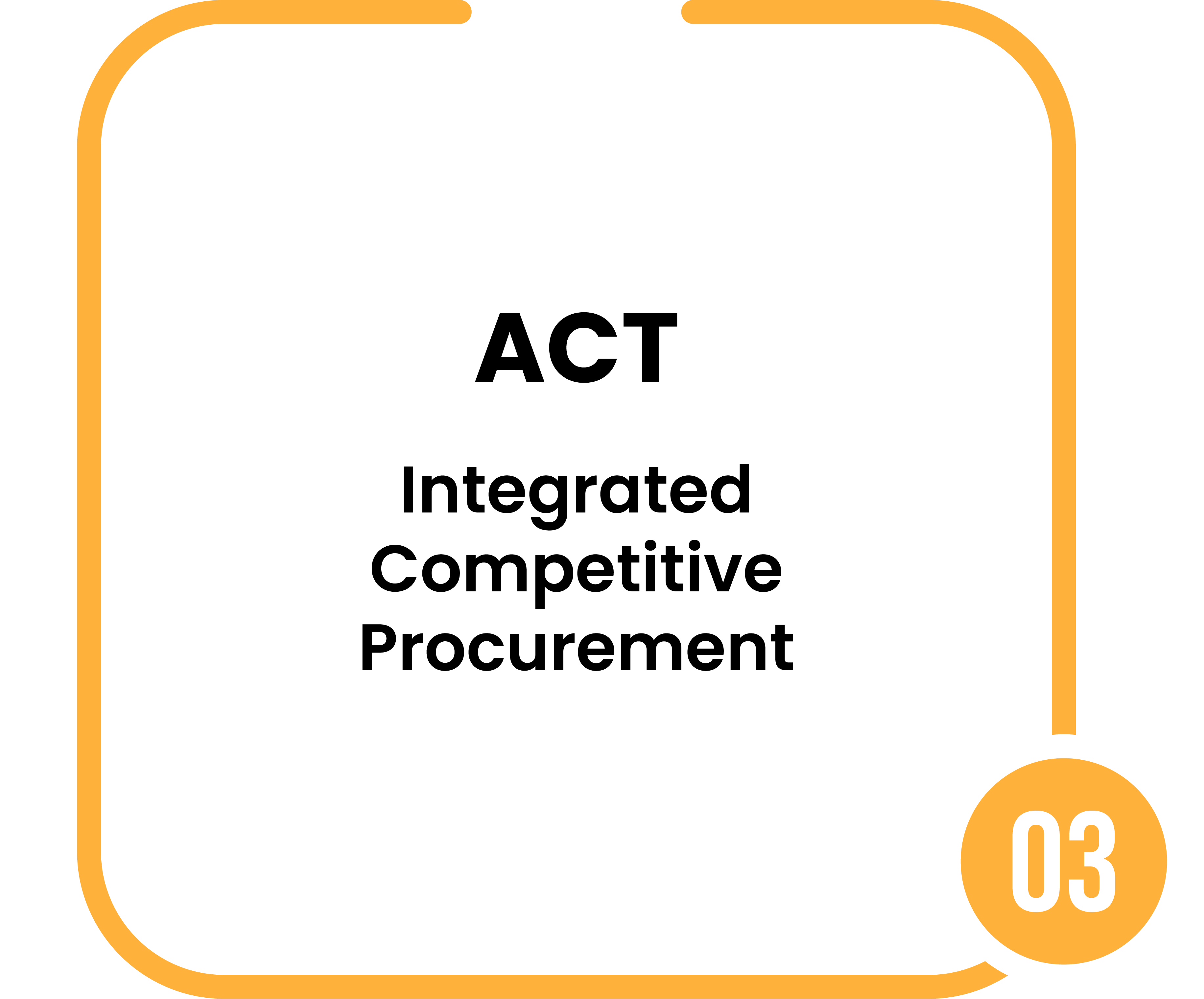

PowerSIMMTM provides utilities, independent power producers, data center and Commercial and Industrial companies the intelligence to plan and operate power supply. Economics make or break a project, and PowerSIMM delivers insights, analysis, and plans to minimize costs and maximize asset returns, ensuring budgeted cash flows equal realized cash flows.
By melding the physical side of power supply and demand with today’s new market dynamics, PowerSIMM helps identify opportunities with a deep understanding of risk.
From Integrated Resource Planning to active portfolio management and operations, PowerSIMM uniquely adds value across the entire enterprise’s energy scaling efforts.
Make faster, more accurate energy portfolio decisions from planning through procurement.
Supports the complete planning to procurement lifecycle from IRP through operations, covering intermittent renewable energy sources as well as dispatchable and flexible resources, including storage, thermal, and other generation assets
Trusted by leading utilities, recognized by PUCs and top-tier financial institutions nationwide
Advanced storage valuation and operation capabilities, including co-location analysis
Includes capacity expansion planning, transmission modeling, revenue requirements, carbon and RPS constraint modeling, reliability analysis, sub-hourly nodal forecasts, and tax equity forecasting
Reliability analysis using co-simulations of load and renewables with correlated forced outages shows reliability risk across hundreds of weather years
Integrated bidding via Ascend Power Procurement




PowerSIMM’s planning to procurement functionality provides a unified decision framework, bringing together strategic resourcing, market-driven procurement, and operational risk management. This unified lens enables faster decisions, shortened planning and procurement cycles, improved financial certainty, carbon performance visibility, and optimized portfolios at lower costs and risk profiles.
.png)
PowerSIMM supports integrated resource planning (IRP) with automated resource selection by rank order. Dynamic simulations representing realistic future states generate least cost, least risk plans.
Bankable valuations to realize revenue optimization across merchant, hedge, and PPA constructs to enhance returns, manage risk, and reduce the cost of capital.
Fast and comprehensive asset valuation including basis, volumetric risk, capture rate, and price risk
Provides the risk mitigation impacts of hedges to evaluate portfolio management decisions and hedging strategies
Advanced offtake structuring, including shaped, floor, collars and emissions weighted PPA design
Analyze Net Present Value (NPV) and IRR distributions with full visibility into revenue drivers
Used in 100+ project financings by leading developers and banks, including Goldman Sachs, First Citizens, EDF, AES, Arclight, Enel, and others
Merchant versus hedge versus fixed contract stress testing
Hedge, sign a PPA, or go merchant? PowerSIMM’s valuation and origination capabilities provide the answers that enable IPPs and renewables developers to design, optimize, and execute revenue strategies to maximize financial performance.
%20(1).png)

Procure and optimize power supply contracts for front-of-meter and behind-the-meter portfolios to maximize value and clean energy procurement, contracting, and operations at scale.
Minimize power supply costs and enhance the value of clean power purchases through economically rationalized decisions backed by Ascend's bankable expertise
One platform accelerates efforts across power supply, interconnection, reliability, and procurement
Create lasting energy supply decisions for both behind-the-meter and front-of-meter projects
Forecasts are underpinned by retail rates and energy markets, as well as modeling of physical plant load and energy systems
Support data center site selection inclusive of interconnect availability and costs, system power supply reliability analysis, and PPA valuations
Operationalize BESS and back-up power to maximize value
Estimate and track facility-level emissions and marginal emissions
Power flow and interconnection availability and upgrade cost analysis